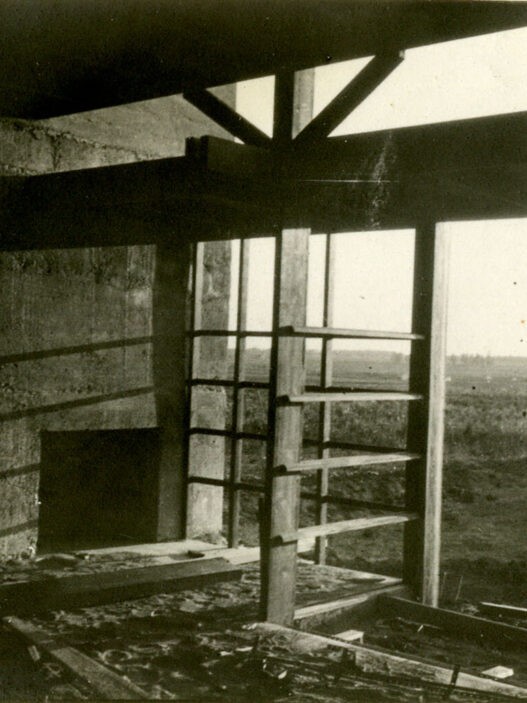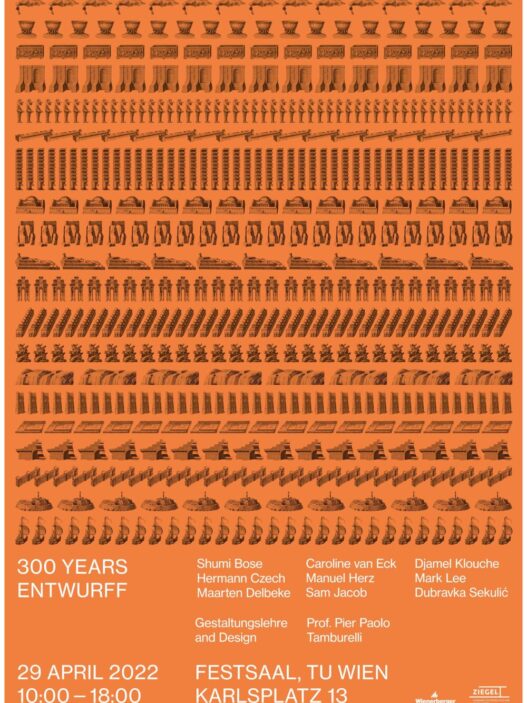Future Anterior Journal is calling for submissions for its 2025 special issue titled “Earthly Memorial Landscapes.” Edited by Paulo Tavares, this issue seeks to explore historic landscapes that challenge traditional notions of nature within heritage and preservation. The journal, known for its critical inquiry and rigorous scholarship in historic preservation, is accepting submissions until October 1, 2024.
Future Anterior is published biannually by the University of Minnesota Press and is associated with Columbia University’s Graduate School of Architecture and Preservation. As a significant platform for the critical examination of preservation practices, the journal encourages contributions that question the assumptions, goals, and methods of historic preservation.
In recent years, a growing body of archaeological evidence has emerged, revealing that many landscapes previously thought to be untouched by human influence are, in fact, socially constructed. For instance, large-scale territorial laser scanning in the Amazon rainforest has uncovered the presence of complex civilizations and urban networks predating European colonization. These discoveries challenge the Western notion of the Amazon as a pristine, natural environment and instead present it as a landscape deeply intertwined with human history and social memory.
This shift in understanding is partly due to advances in spatial and sensing technologies, such as global positioning systems, air-borne laser scans, and satellite remote sensing. These tools have enabled archaeologists and researchers to read and interpret the earth in more complex ways, moving beyond the limited frameworks of nineteenth-century archaeology. Consequently, elements of the natural world—such as trees, plants, seeds, and soil—are now recognized as valuable archaeological evidence, contributing to a broader understanding of “earthly memorial landscapes.”
The theme “Earthly Memorial Landscapes” also reflects a critical re-evaluation of the binary divide between nature and culture that underpins much of Western epistemology. This perspective has historically shaped racialized narratives of human progress and civilization, often reinforcing imperial power and colonialism. By questioning these foundations, the special issue aims to give voice to alternative stories in heritage and preservation, highlighting ecologically sound practices and Indigenous knowledge systems that are increasingly relevant in a world facing ecological crises.
The issue invites submissions that research, map, and describe these natural-cultural landscapes—spaces shaped by long-term social design and ecological interaction. Examples include the Amazon rainforest and the ǂKhomani sand formations in southern Africa, both of which have been historically influenced by Indigenous land management practices. By acknowledging these landscapes’ constructed and memorial dimensions, contributors can explore how preservation can honor these histories while also promoting sustainability and social justice.
Future Anterior encourages submissions from a variety of perspectives, including historical, conceptual, legal, technological, activist, or artistic viewpoints. The journal seeks to push the boundaries of heritage and preservation by exploring how these practices intersect with architecture, archaeology, environmental science, visual culture, and advocacy. In doing so, it challenges established visions of nature and heritage, advocating for a more inclusive and equitable approach.
The call for papers highlights that “learning from ruins” is a foundational act in architecture and preservation. The concept of “earthly memorial landscapes” embraces forms of spatial knowledge and technologies where nature is seen as an active participant in the shaping of spaces, rather than a passive object for human use. This issue invites contributors to consider how these landscapes, as members of a shared “polis,” can be granted rights and respected as equals in the preservation process.
Formatting and Submission Guidelines:
•Manuscripts should be no more than 4,000 words, excluding footnotes, and must include up to seven illustrations.
•A 200-word abstract and a 100-word author biography should be submitted in a separate file to preserve the double-blind peer review process.
•All text files must be in Microsoft Word or RTF format and follow the Chicago Manual of Style, 15th Edition.
•Images should be submitted as TIFF files with a resolution of at least 300 dpi at 8” by 9” print size.
•Manuscripts should be sent via email to future.anterior.journal[at]gmail.com.
For more information and examples of manuscript formatting, contributors can refer to past issues of Future Anterior available through EBSCO.









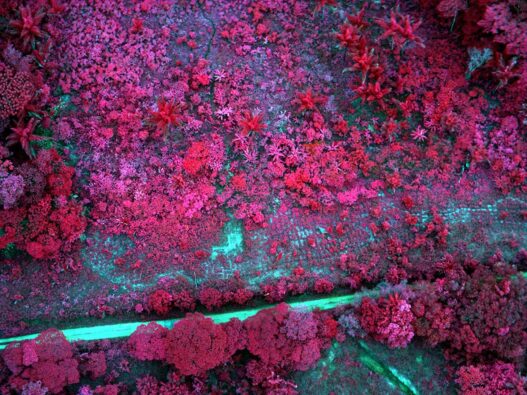
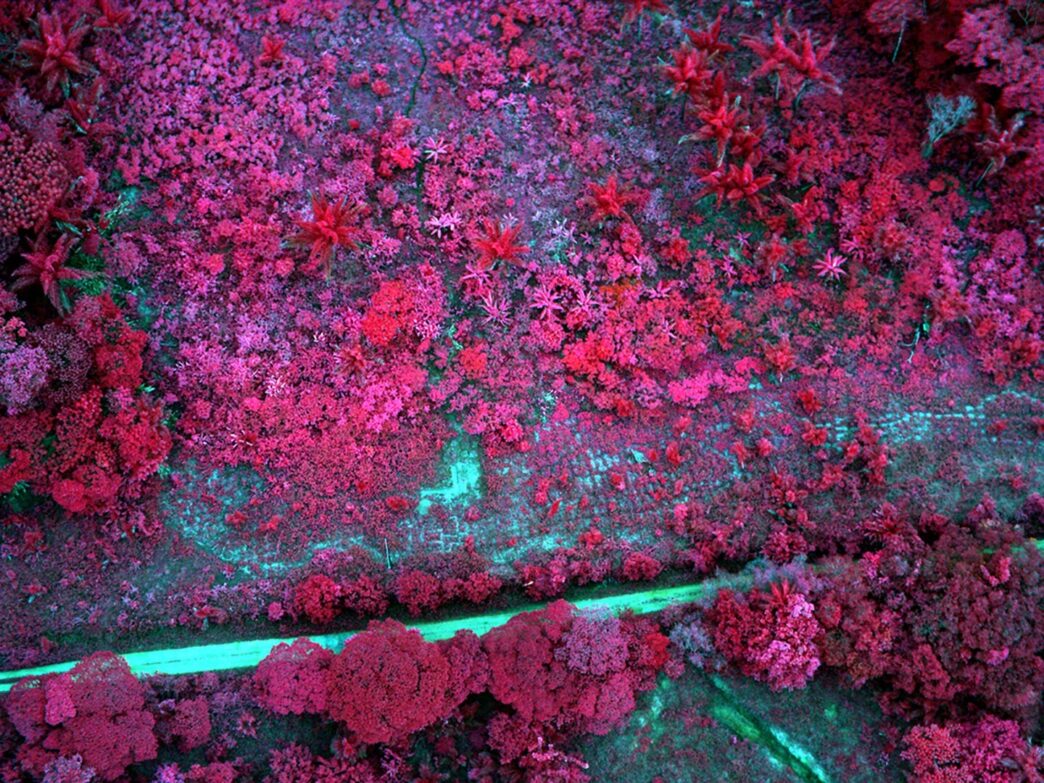


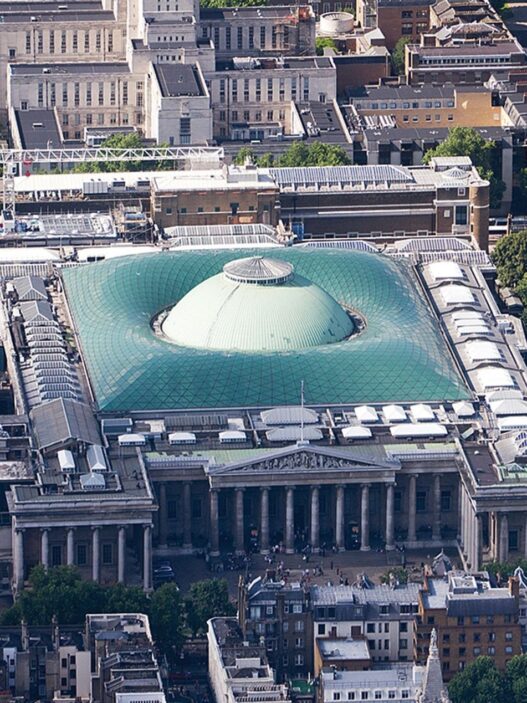

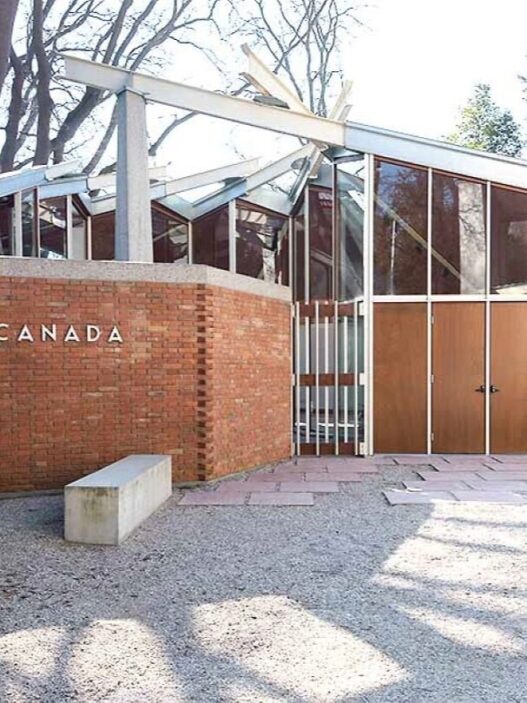

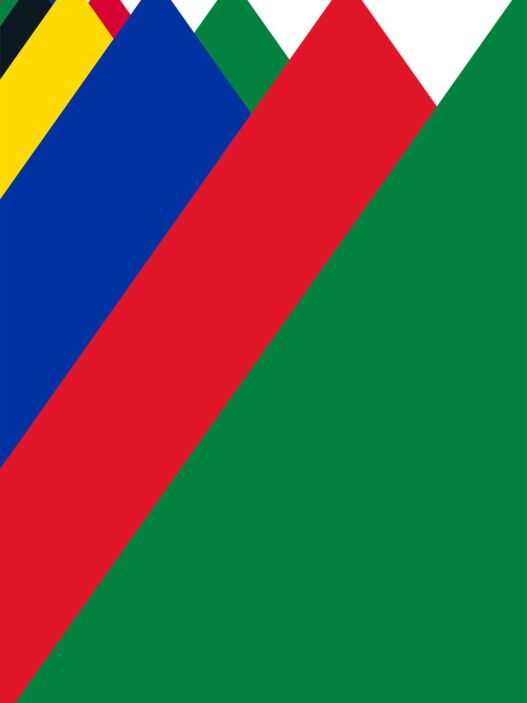
![[1] and [2] C o S A catalogue. Design: Marilena Hewitt of Platypus Publications. [3] Heba Y. Amin, Project Speak2Tweet, 2011–ongoing. Three-channel video installation. Courtesy the artist and Zilberman Gallery. [4] D Harding, Discussion points originating from Central Queensland – towards Aboriginal Architectures, 2021. Graphite on paper, 21 x 156 cm. Courtesy of the artist and Milani Gallery. [5] HWKN, drawing for We The People – a prototype, 2021. Installation: free-standing columns. Courtesy HWKN.](https://dailyart.news/wp-content/uploads/2022/05/shadow_architecture-527x703.gif)
